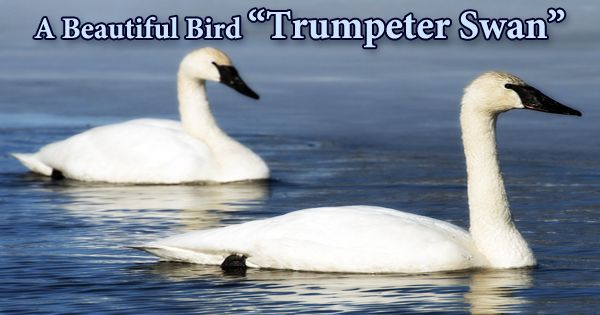The Grey francolin (Francolinus pondicerianus) is a grey, ground-dwelling bird with a round body, short legs and stub-tail (length 33 cm, weight 275 g, wing14.6 cm, bill 2.5 cm, tarsus 4 cm, and tail 8.5 cm). It is a francolin species found in South Asia’s plains and drier areas. This species was also formerly called the black partridge, not to be confused with the gray partridge in Europe. They are present in both open cultivated and scrub forest lands. During the breeding season calling males to attract challengers and decoys were used to trap these birds especially for fighting. It is a medium-sized francolin bird with males averaging 35 cm and females 30 cm. The males weigh 350 g whereas the weight of the females is 300 g. The francolin is barred throughout, and the face is light to the light throat with a thin black line. On its upper portion, it has the buff, chestnut, grey-brown, and dark brown barring and fine blackish-brown barring on the lower parts, except for the creamy-white throat with thin black georgette. His face is slim orange with a prominent black eye-stripe. It has creamy vent and chestnut edge to the outer tail feathers, visible in flight. Its irises are hazel-brown. It has a silver bill with darker lower mandible and dull red legs and feet. Males can up to 2 spurs on their legs, which are typically lacking within the females. The male and also the female look alike. Subspecies mecranensis is palest and located in arid North-Western India, Eastern Pakistan, and Southern Iran. Subspecies interpositus is darker and intermediate found in northern India. The nominate race within the southern peninsula of India has populations with a darker rufous throat, supercilium and is richer brown.
The Grey Francolin is assessed as Least Concern, and it doesn’t qualify for a more at-risk category. They weak fliers and fly short distances, escaping into the undergrowth after some spurts of flight. In-flight it shows a chestnut tail and dark primaries. The race in the state is usually given the name ceylonensis or considered as belonging to the nominate. These birds are locally called Teetar after their call which could be a loud repeated Ka-tee-tar-tee-tar although tee-tar means bird within the general sense in Urdu and related languages. Paired birds routinely engage in duet calls. The grey francolin is often found foraging on the bare or low grass-covered ground in scrub and open country and isn’t found above an altitude of 500 m above the water level in India, and 1200 m in Pakistan. The range is westward to the Indus Valley south of the Himalayan foothills and eastward to Bengal. Owing to intensive hunting and trapping the population of Grey Francolin has been gradually declining. But in recent years, with hunting ban more strictly enforced, these birds are staging a comeback. The most breeding season is April to September and therefore the nest could be a hidden scrape on the bottom. The nest may sometimes be made above ground level in an exceedingly niche during a wall or rock. The clutch is six to eight eggs, but larger clutches, potentially reflecting intraspecific brood parasitism, are noted. Food includes seeds, grains yet as insects, particularly termites and beetles (especially Tenebrionidae and Carabidae). They will occasionally take larger prey like snakes. They want wings only surprised within the bushes or when persistently chased. They roost in groups in low thorny trees. Several species of feather mites, helminth, and blood parasites are described from the species.
















